A Clinical Study of Bone Morphogenetic Protein-2 for Socket Preservation after Tooth Extraction
DOI: 10.23977/medsc.2024.050508 | Downloads: 11 | Views: 810
Author(s)
Yingjie Xu 1,2, Zhengting Tang 2, Fanwen Meng 2
Affiliation(s)
1 Suzhou Medical College of Soochow University, Suzhou, Jiangsu, China
2 Suzhou Stomatological Hospital, Suzhou, Jiangsu, China
Corresponding Author
Fanwen MengABSTRACT
Alveolar bone insufficiency is one of the difficulties in implantation, and socket preservation techniques can slow down alveolar bone resorption by intervention measures during tooth extraction. However, the standard method for socket preservation has not been unified yet due to the multiple selection of materials. Recombinant human bone morphogenetic protein-2 (rhBMP-2) has good osteoinductivity and can induce undifferentiated mesenchymal stem cells to differentiate and proliferate towards chondrocytes and osteoblasts. Here, we evaluated the clinical effects of recombinant human bone morphogenetic protein-2 for socket preservation after tooth extraction. The histological analysis revealed a significantly higher proportion of alveolar bone trabeculae in the rhBMP-2 group compared to the control group (P<0.05). The absorptions of alveolar bone width and height between the two groups at each time point showed no significant differences (all Ps > 0.05), except for the alveolar bone width absorption in the rhBMP-2 group at 3 months post-surgery, which was significantly better than that of the control group (P < 0.05). Additionally, the differences in bone mineral density changes, safety, and satisfaction evaluations between the two groups were not significant from pre-operation to 6 months postoperatively (all Ps > 0.05). In conclusion, rhBMP-2 used for socket preservation (bone wall defect ≤ 20%) can safely accelerate new bone formation, improve bone quality, and better maintain alveolar bone width for implantation at 3 months. Further investigation with larger sample sizes and long-term follow-ups is necessary to validate these findings.
KEYWORDS
Recombinant human bone morphogenetic protein-2, socket preservation, histological sections, radiological examinationCITE THIS PAPER
Yingjie Xu, Zhengting Tang, Fanwen Meng. A Clinical Study of Bone Morphogenetic Protein-2 for Socket Preservation after Tooth Extraction. MEDS Clinical Medicine (2024) Vol. 5: 52-60. DOI: http://dx.doi.org/10.23977/medsc.2024.050508.
REFERENCES
[1] Tan WL, Wong TL, Wong MC, et al. A systematic review of post-extractional alveolar hard and soft tissue dimensional changes in humans [J]. Clin Oral Implants Res, 2012, 23 Suppl 5:1-21.
[2] Brownfield L A, Weltman R L. Ridge preservation with or without an osteoinductive allograft: A clinical, radiographic, micro‐computed tomography, and histologic study evaluating dimensional changes and new bone formation of the alveolar ridge[J]. Journal of periodontology, 2012, 83(5):581-589.
[3] Jo D W, Cho Y D, Seol Y J, et al. A randomized controlled clinical trial evaluating efficacy and adverse events of different types of recombinant human bone morphogenetic protein‐2 delivery systems for alveolar ridge preservation [J].Clin Oral Implants Res, 2019, 30(5):396-409.
[4] Coomes A M, Mealey B L, Huynh‐Ba G, et al. Buccal bone formation after flapless extraction: a randomized, controlled clinical trial comparing recombinant human bone morphogenetic protein 2/absorbable collagen carrier and collagen sponge alone[J]. J Periodontol, 2014, 85(4):525-535.
[5] Moslemi N, Khoshkam V, Rafiei S C, et al. Outcomes of alveolar ridge preservation with recombinant human bone morphogenetic protein-2: a systematic review[J]. Implant dent, 2018, 27(3):351-362.
[6] Um I W, Ku J K, Kim Y K, et al. Histological review of demineralized dentin matrix as a carrier of rhBMP-2[J]. Tissue Eng Part B Rev, 2020, 26(3):284-293.
[7] Kim Y J, Lee J Y, Kim J E, et al. Ridge preservation using demineralized bone matrix gel with recombinant human bone morphogenetic protein-2 after tooth extraction: a randomized controlled clinical trial[J]. J Oral Maxillofac Surg, 2014, 72(7):1281-1290.
[8] Lee J S, Jung J S, Im G I, et al. Ridge regeneration of damaged extraction sockets using rh BMP‐2: an experimental study in canine[J]. J Clin Periodontol, 2015, 42(7):678-687.
[9] Ke L I U, Aniwa A, Kebier T, et al. Effect of metformin combined with DPP-4 inhibitor on alveolar bone density in patients with type 2 diabetes mellitus and chronic periodontitis[J]. Shanghai Journal of Stomatology, 2023, 32(4): 410.
[10] Triplett R G, Nevins M, Marx R E, et al. Pivotal, randomized, parallel evaluation of recombinant human bone morphogenetic protein-2/absorbable collagen sponge and autogenous bone graft for maxillary sinus floor augmentation [J]. Journal of Oral and Maxillofacial Surgery, 2009, 67(9): 1947-1960.
[11] Stefanini M, Zucchelli G, Marzadori M, et al. Coronally advanced flap with site-specific application of connective tissue graft for the treatment of multiple adjacent gingival recessions: A 3-year follow-up case series [J]. Int J Periodont Restorat Dent, 2018, 38(1): 25-33.
[12] Jung R E, Ioannidis A, Hämmerle C H F, et al. Alveolar ridge preservation in the esthetic zone[J]. Periodontology 2000, 2018, 77(1): 165-175.
[13] Shim J Y, Lee Y, Lim J H, et al. Comparative evaluation of recombinant human bone morphogenetic protein-2/hydroxyapatite and bovine bone for new bone formation in alveolar ridge preservation[J]. Implant Denty, 2018, 27(6): 623-629.
[14] Fokas G, Vaughn V M, Scarfe W C, et al. Accuracy of linear measurements on CBCT images related to presurgical implant treatment planning: A systematic review[J]. Clinical oral implants research, 2018, 29: 393-415.
[15] Araújo M G, da Silva J C C, de Mendon?a A F, et al. Ridge alterations following grafting of fresh extraction sockets in man. A randomized clinical trial[J].Clin Oral Implants Res, 2015, 26(4):407-412.
| Downloads: | 10011 |
|---|---|
| Visits: | 671821 |
Sponsors, Associates, and Links
-
Journal of Neurobiology and Genetics

-
Medical Imaging and Nuclear Medicine

-
Bacterial Genetics and Ecology
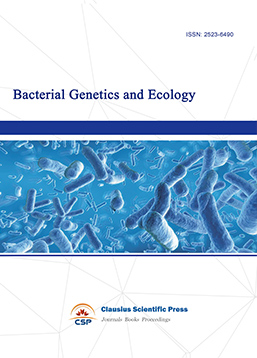
-
Transactions on Cancer
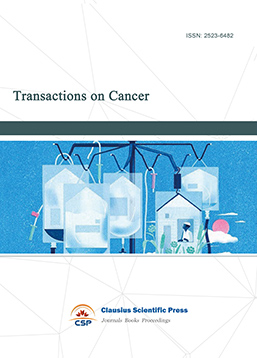
-
Journal of Biophysics and Ecology
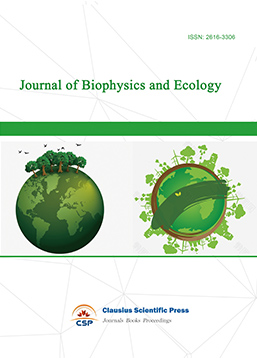
-
Journal of Animal Science and Veterinary
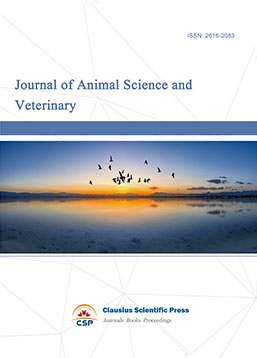
-
Academic Journal of Biochemistry and Molecular Biology
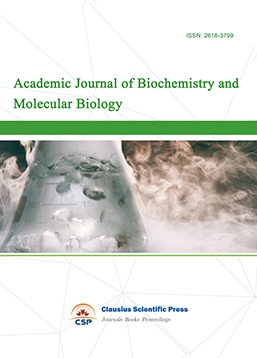
-
Transactions on Cell and Developmental Biology
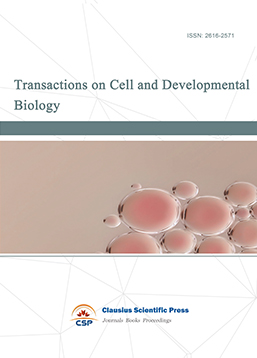
-
Rehabilitation Engineering & Assistive Technology
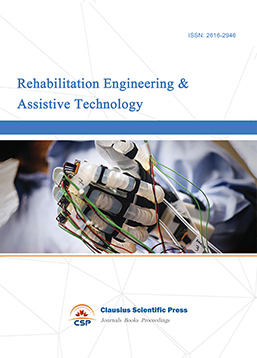
-
Orthopaedics and Sports Medicine
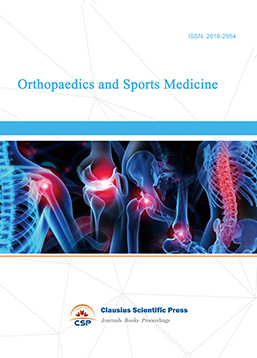
-
Hematology and Stem Cell

-
Journal of Intelligent Informatics and Biomedical Engineering
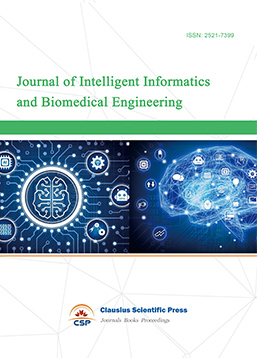
-
MEDS Basic Medicine
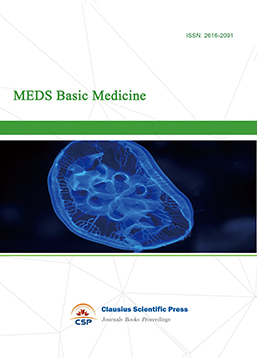
-
MEDS Stomatology
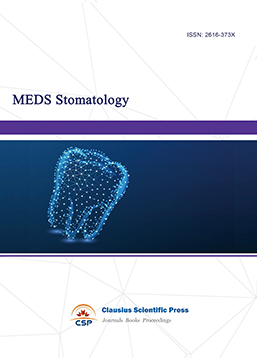
-
MEDS Public Health and Preventive Medicine
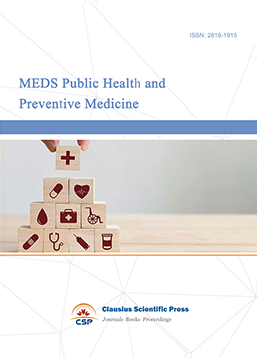
-
MEDS Chinese Medicine
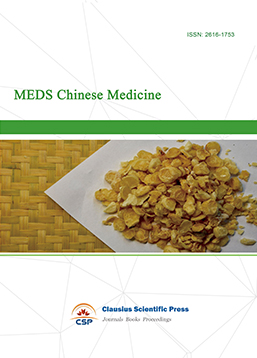
-
Journal of Enzyme Engineering
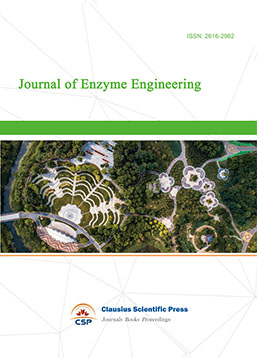
-
Advances in Industrial Pharmacy and Pharmaceutical Sciences
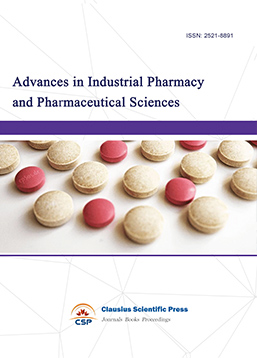
-
Bacteriology and Microbiology
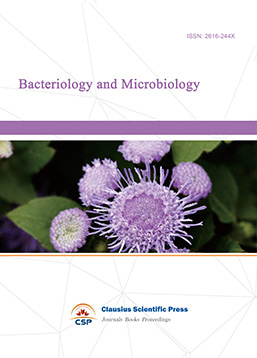
-
Advances in Physiology and Pathophysiology
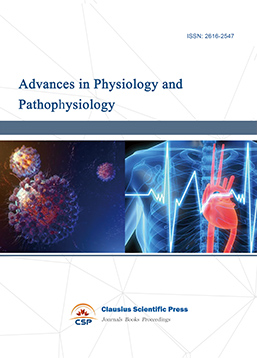
-
Journal of Vision and Ophthalmology
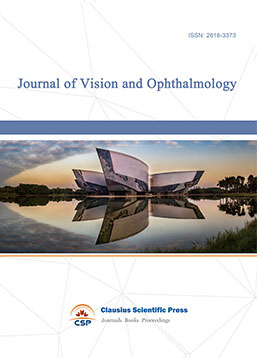
-
Frontiers of Obstetrics and Gynecology

-
Digestive Disease and Diabetes
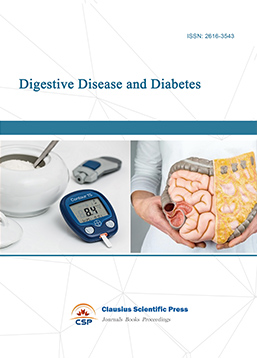
-
Advances in Immunology and Vaccines

-
Nanomedicine and Drug Delivery
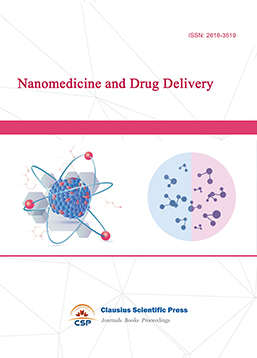
-
Cardiology and Vascular System
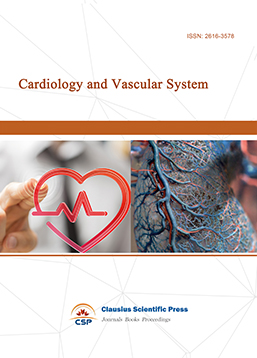
-
Pediatrics and Child Health
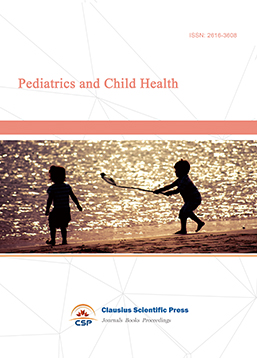
-
Journal of Reproductive Medicine and Contraception
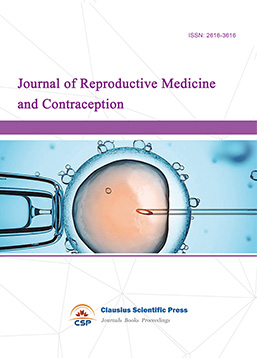
-
Journal of Respiratory and Lung Disease
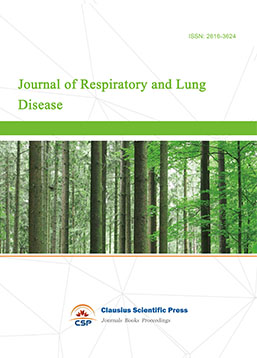
-
Journal of Bioinformatics and Biomedicine
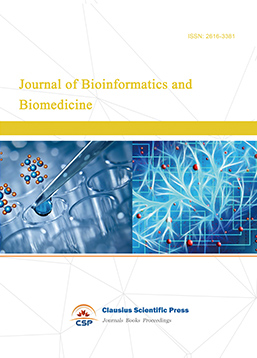

 Download as PDF
Download as PDF